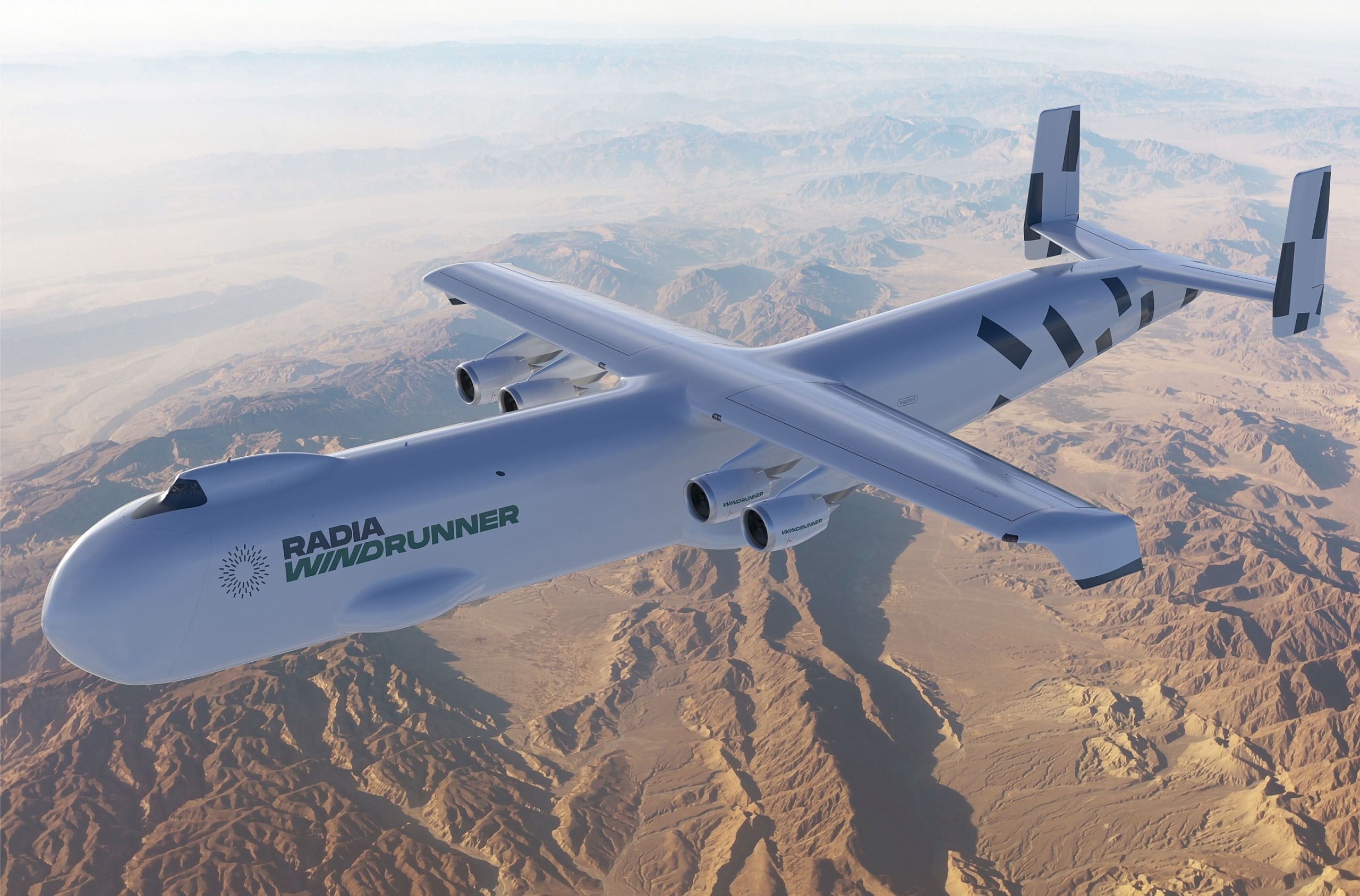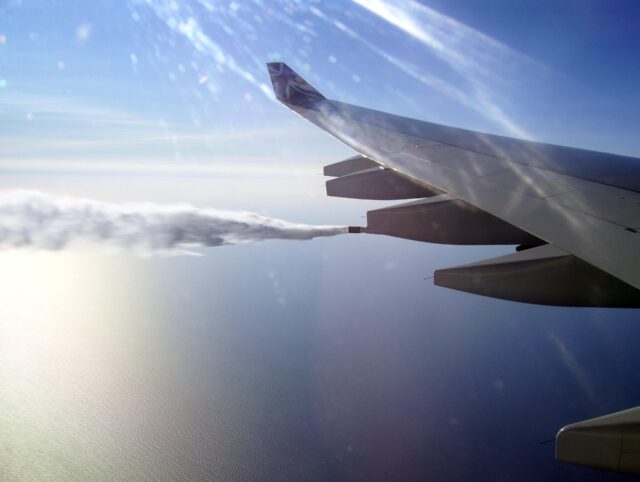Dual use revealed for world’s biggest aircraft
August 27, 2024

Colorado-based Radia – designer and developer of the largest aircraft in the world – already has an alternative use case in mind for its upcoming 108m long behemoth. During an interview with Aerospace Global News, CEO and founder Mark Lundstrom explained how transporting outsized wind turbine blades are just the tip of this leviathan’s projected capabilities.
Turn up the volume
“It’s the first time, I believe, that an aircraft was ever designed to move volume instead of mass,” revealed Lundstrom, clarifying that the Windrunner’s ultimate volume will be about 12 times bigger than the Boeing 747 and about nine times that of the largest remaining Antonovs. Able to move about 70 tons (and accommodate a 105m long blade), this aircraft is not short on space.
Consequentially, could it be deployed to carry other cargo, too? “Because of the size of the aircraft, it also allows us to move other things beyond wind turbine blades,” suggested Lundstrom, adding that Windrunner is “well positioned to be an aircraft carrier”. Clarifying that there’s “no large cargo aircraft in production – military or commercial – except for this,” Lundstrom believes that “the world has a couple of decades of unserved, effectively, cargo market or production of large cargo aircraft”.
Alternatives out of production
With the Lockheed C-5 Galaxy and the Boeing C-17 Globemaster III out of production (since 1989 and 2013 respectively), transport aircraft are hard to come by. Availability of the largest military transport aircraft in service (the Antonov An-124) has also been curtailed by the Russia-Ukraine conflict. Enter the Windrunner, which alongside its civilian missions, “can now take advantage of both market opportunities”. This mission had always been part of the plan, revealed Lundstrom, who explained that discussions with potential end-users are ongoing.

Accommodating military aircraft
Crucially, the Windrunner can fit an extensive range of military assets within its front-loading cargo hold, including six F-16s or six Chinook helicopters, rotors-on. To put it in perspective, whenever the F-16 has hitched a lift onboard a flight before, it’s always been with the wings and tail removed: be it US Air Force’s use of the C-5, the Royal Norwegian Air Force’s use of the An-124, or even the four Israeli examples transported inside the An-225 Mriya back in 2021. The F-16s’s 10m wide wingspan and height of around 5.1m is easily accommodated in the Windrunner, and at 15m long, there’s potentially space to spare.
Transporting aircraft by air offers a number of advantages to operators, including reduced costs associated with a traditional ferry flight, and negating the need for potential air-to-air refuelling capabilities. Personnel hours saved include not just the flight crews themselves but also maintenance technicians who may otherwise have to service the aircraft following the flight. Radia’s unique advantage of leaving appendages attached also saves the aircraft from having to be re-assembled at their destination.
Operational considerations
“We could take six Chinook helicopters with the rotors on and land on a piece of dirt in a foreign-deployed theatre,” continued Lundstrom, pointing out that the Windrunner can operate from runways as short as 1,800m. “We can land on about two thirds of the landing distance required compared to other large aircraft, but our surface can be dirt instead of reinforced concrete.” The placement of the engines as far off the ground as possible – about the equivalent height of a three-storey building – also helps mitigate the risk of FOD ingestion. With a wingspan slightly less than an A380’s 80m, the Windrunner is also optimised to use existing airport infrastructure and hangarage.
With Radia eyeing an entry into service of its Windrunner by the end of this decade, watch this space – all 100 plus metres of it.
















